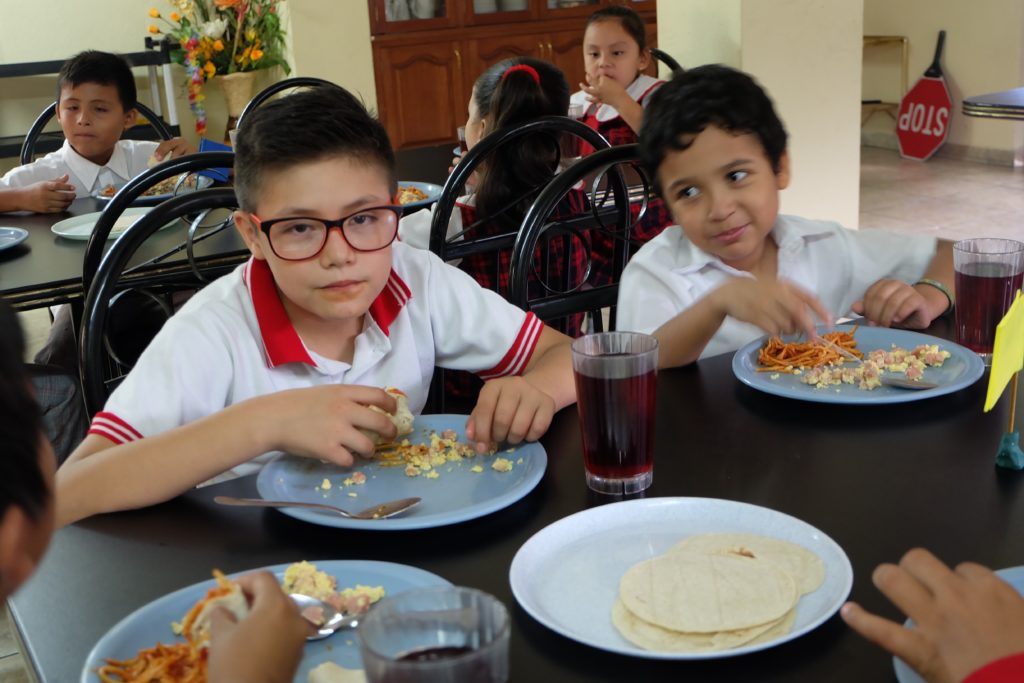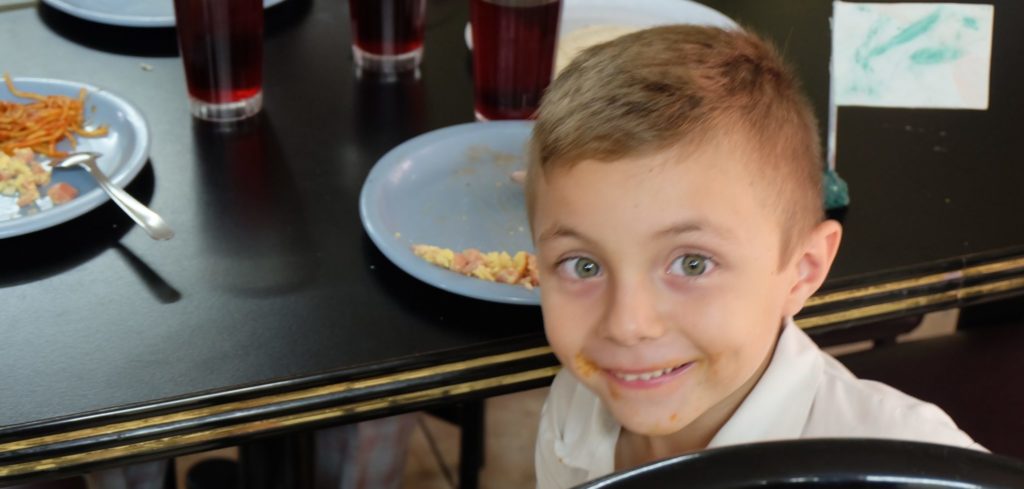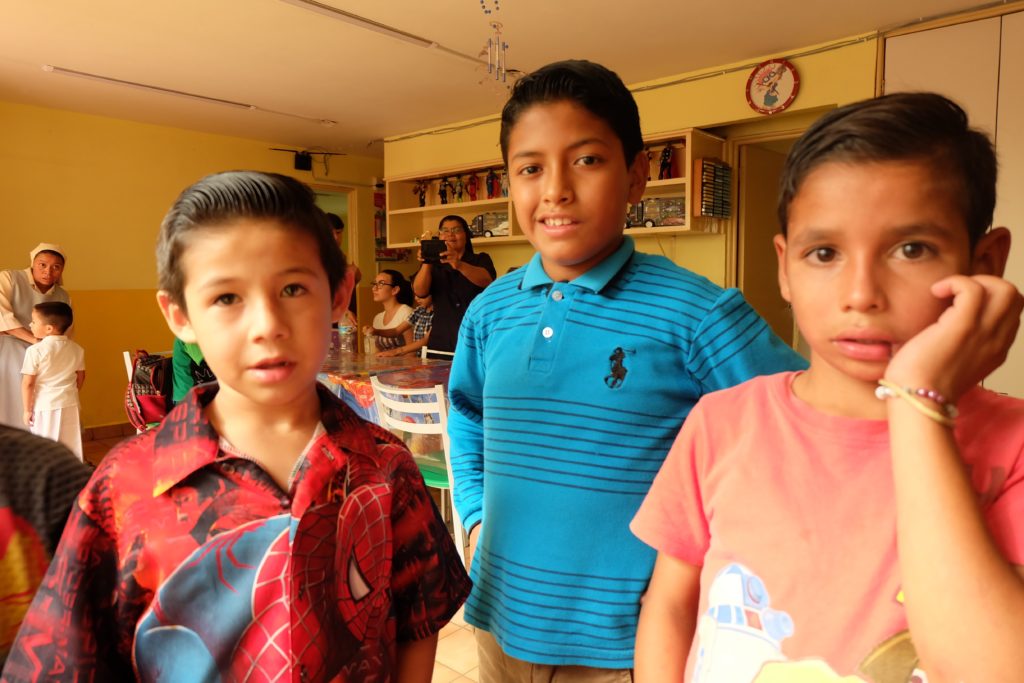facts about Mexiquito:
- Mission: To help children develop aptitude in science and technology as well as in arts and culture, all in a home-like atmosphere designed to encourage the children to believe in themselves through faith, hope and hard work.
- Ages served: Boys of all ages come here for assistance, although children enrolled in the CI sponsorship program are normally between the ages of 4 and 17. Children who come here have either been orphaned, abandoned or placed here by the government or by their families who are unable to provide for them.
- Education: School-aged children attend local public schools. At the home, they receive skills training such as carpentry, computer literacy, art, music and science.
- Academic year: The school typically begins in mid-August and ends in late June. Students enjoy summer vacation from early July through mid-August, with a two-week winter break in December.
- Nutrition and health: Children receive nutritious meals each day. Their health is closely monitored, and medical care is provided as needed.
Mexico, with its rugged mountains, rocky deserts, lush forests and tropical beaches, is home to over 200,000 species of animals. Humans have called this breathtaking land home for at least 10,000 years. Prior to Spanish conquest and colonization, countless Mesoamerican nations thrived here, including such civilizations as the Olmec, Teotihuacan, Maya and Aztec. Today, Mexico is the world’s tenth-largest nation — and largest Spanish-speaking country by population — with a growing, diversified economy and a relatively stable democratic government. Mexico’s wealth of culture, history, natural resources and beauty, however, belies the condition of poverty in which many of its people live. Crime and murder rates here are high, and corruption and drug cartel activity are constant sources of concern despite recent improvements on these issues.
The beautiful colonial city of San Miguel de Allende, though a favorite haunt of tourists and artists, is no exception to these maladies. Indeed, its bohemian façade conceals the poverty in which many of its residents live. In the 1960s, moved by the plight of impoverished children, a famous Mexican singer-turned-priest named José de Guadalupe Mojica built the Mexiquito Home near San Miguel de Allende’s trash dump to provide easy access for the impoverished children who frequented the landfill. Today, nuns of the Dominican Sisters of Mary manage the Mexiquito Home, which has moved to a location where they can better serve the children. In its new location, the home continues to serve as a refuge and a beacon of hope, providing impoverished children with compassion, shelter, support and education, as well as the opportunity to rise above the difficult socioeconomic circumstances from which they come.
Facts about Mexico:
- Population: 127.6 million (2020)
- Languages Spoken: Spanish (official), along with various Mayan, Nahuatl, and other regional languages
- Unemployment Rate: 3.65% (2020)
- Poverty Rate: 22.7% (2020)



